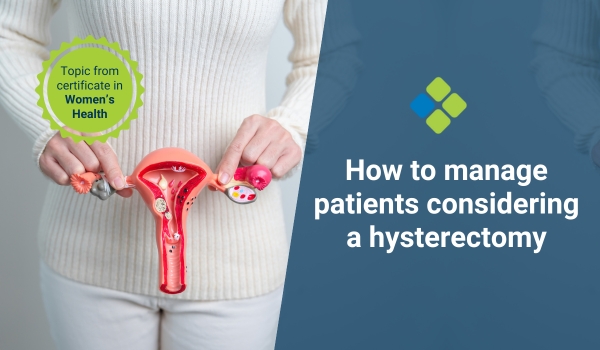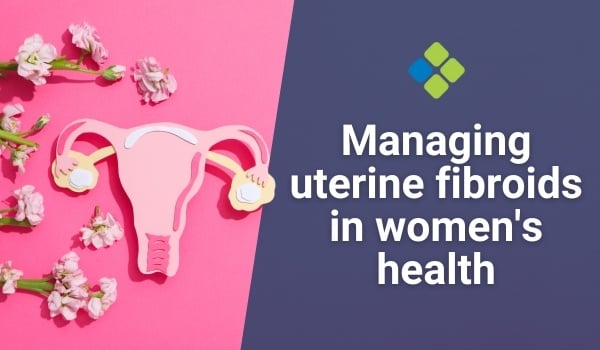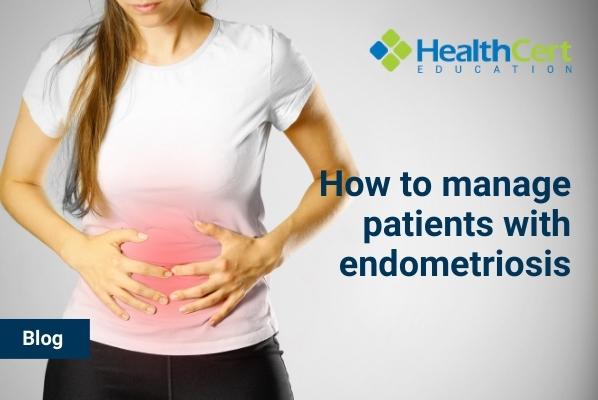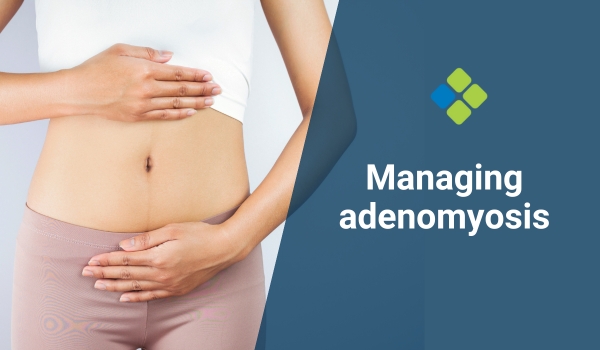How to manage patients considering a hysterectomy
Read about how to provide advice on the indications, operative techniques, and postoperative journey following hysterectomies for your female patients.

HealthCert Education
Approximately 17% of women worldwide have had a hysterectomy (surgical removal of the uterus), making this one of the most commonly performed gynaecological procedures. It is performed to treat various conditions such as fibroids and gynaecological cancer. The primary care practitioner should understand the indications, surgical techniques, recovery, and side effects of hysterectomy.
Indications
Women presenting with a range of symptoms may ask about hysterectomy, including abnormal menstrual bleeding, pelvic pain or pelvic organ prolapse. One of the most common indications for hysterectomy is uterine fibroids, which may affect up to two-thirds of Australian women at some point in their lifetime and typically presents with heavy menstrual bleeding. Other abnormal uterine bleeding is also a common indication of hysterectomy.
Hysterectomy may also be indicated for women with pelvic organ prolapse or endometriosis where initial management strategies have proved inadequate.
Finally, hysterectomy is often the definitive treatment option for various gynaecological cancers, such as endometrial cancer. Hysterectomy is not frequently performed purely for contraceptive reasons.
Procedure options
Hysterectomy is performed in the inpatient setting, typically under general anaesthetic. There are three broad types of surgery: total hysterectomy (removal of the uterus and cervix), subtotal hysterectomy (removal of the uterus only), and radical hysterectomy (removal of the uterus, cervix, upper vagina and surrounding tissues such as the ovaries and fallopian tubes).
Hysterectomy may be performed via three main approaches: laparoscopic, vaginal or abdominal. Laparoscopic is often the preferred option as this is the least invasive. However, this is not appropriate for all patients, and the reasons for opting for a particular approach should be explained.
Counselling
In those in whom hysterectomy is indicated, it is important to support women to optimise pre-operative health to reduce the risk of complications. This may involve stopping smoking, losing weight if overweight, keeping active and maintaining a healthy diet. Women should be counselled on the potential complications of hysterectomy, including infection, thrombosis, bleeding, damage to, e.g. the bladder or bowel, postoperative pain and pelvic floor dysfunction.
Recovery
The post-operative recovery should be discussed, including expected vaginal bleeding, pain management, wound care and stepwise return to normal activity. It is important to appreciate that hysterectomy, particularly when performed abdominally, is a major surgery and will require a tailored recovery plan.
Many women are concerned about having sex after a hysterectomy, and it is important that concerns are discussed pre-operatively. In women who will have their ovaries removed as part of a hysterectomy, symptoms and management of menopause should be discussed before surgery.
Follow-up
For women who have had a hysterectomy, it is important to understand what type of operation they have had performed as this will affect the need for future cervical screening. Women are likely to have some follow-up in secondary care and may require further treatments (e.g. chemotherapy in the case of gynaecological malignancy).
In summary, the GP is often the main point of contact for women considering a hysterectomy, those scheduled for surgery, or those who have had hysterectomies performed. Providing accurate, tailored advice about the indications, operative techniques, and postoperative journey following this common gynaecological procedure is essential.
Dr Samantha Miller, MBChB
Learn more about this topic in the HealthCert online Professional Diploma program in Women's Health
Read another article like this one: How to identify and support women in domestic violence situations
Engaging with this blog can help meet your annual
|
|
|
2. Health Direct Australia (2023) Hysterectomy. https://www.healthdirect.gov.au/hysterectomy
3. The Royal Australian and New Zealand College of Obstetricians and Gynaecologists (RANZCOG)(2018). Hysterectomy. https://ranzcog.edu.au/wp-content/uploads/2022/06/Hysterectomy-pamphlet.pdf
4. Australian Family Physician (2015). Management of persistent pelvic pain in girls and women. Available at: https://www.racgp.org.au/afp/2015/july/management-of-persistent-pelvic-pain-in-girls-and-women/
5. National Institute of Clinical Excellence (NICE) (2017). Endometriosis: diagnosis and management. Available at: https://www.nice.org.uk/guidance/ng73
6. BMJ Best Practice (2019). Uterine prolapse. https://bestpractice.bmj.com/topics/en-gb/659
7. NHS (2022). Hysterectomy. https://www.nhs.uk/conditions/hysterectomy/what-happens/
8. Danesh, M., Hamzehgardeshi, Z., Moosazadeh, M., & Shabani-Asrami, F. (2015). The Effect of Hysterectomy on Women's Sexual Function: a Narrative Review. https://doi.org/10.5455/medarh.2015.69.387-392

 1800 867 1390
1800 867 1390







